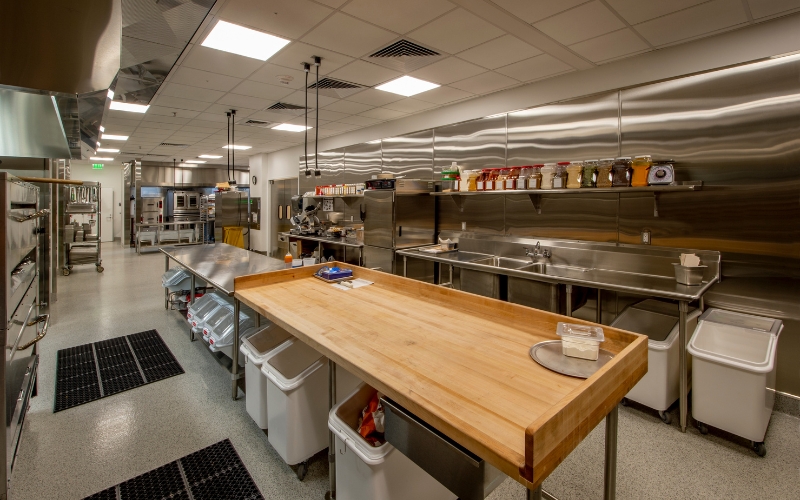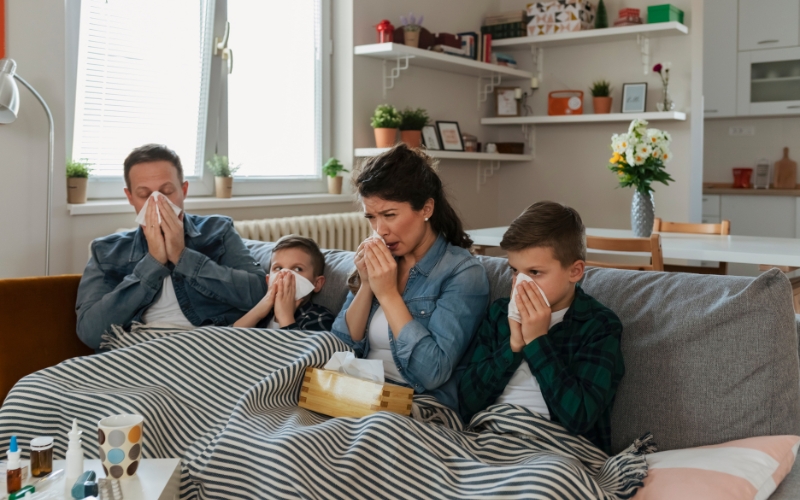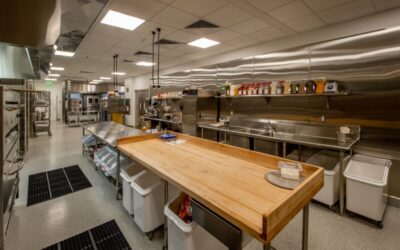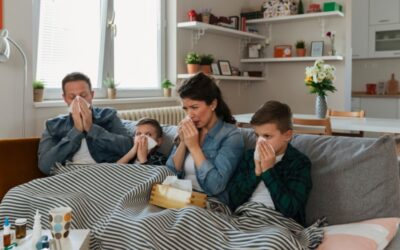As seasons change, livestock facilities often face a heightened risk of disease outbreaks. Seasonal pathogens in livestock production can swiftly spread through herds, resulting in economic losses, health complications, and production setbacks. One crucial yet sometimes overlooked factor in mitigating these infections is indoor air quality (IAQ). Livestock producers can significantly reduce pathogen transmission during peak disease times by focusing on IAQ strategies and promoting proper ventilation.
Understanding Seasonal Pathogens in Livestock Production
Seasonal pathogens in livestock production are microorganisms that thrive and spread more effectively during specific times of the year. For example, livestock are often kept in closer confinement in colder months. This reduced airflow and increased animal density create ideal conditions for disease-causing pathogens to take hold. Conversely, higher humidity levels can encourage the growth of bacteria, viruses, and mold within barns and other livestock facilities in warmer months.
Seasonal pathogens threaten animal welfare and diminish productivity by lowering feed efficiency, slowing growth rates, and affecting reproduction. In addition, an outbreak can require increased veterinary intervention, medication, and even culling, further impacting farm profitability.
Key Disease Risks During Peak Seasons
Respiratory Infections
During the cooler months, respiratory pathogens such as bovine respiratory syncytial virus (BRSV), porcine reproductive and respiratory syndrome virus (PRRSV), and various strains of influenza can become more prevalent. When animals huddle together for warmth, pathogens spread more quickly via droplets in the air.
Gastrointestinal Diseases
In warmer weather, gastrointestinal pathogens like certain strains of E. coli and Salmonella may thrive in moist and warm bedding conditions. These bacteria can persist in water troughs, feeding areas, and manure without proper cleaning and disinfection.
Zoonotic Threats
Some seasonal pathogens in livestock production also pose a threat to humans. Disease-causing agents such as avian influenza can jump from animal populations to humans, making enhanced biosecurity measures and IAQ initiatives doubly important.
The Role of IAQ in Managing Seasonal Pathogens
Indoor air quality refers to the composition of the air within a building, including temperature, humidity, and the concentration of airborne contaminants. In livestock facilities, contaminants can range from dust particles to ammonia emissions and airborne microbes. Improving IAQ can limit disease spread by reducing pathogen load and easing animal respiratory stress.
Key IAQ components to address include:
- Ventilation: Proper ventilation systems remove stale, contaminated air and introduce fresh air. This exchange helps lower humidity and pathogen concentrations.
- Filtration: High-efficiency filters can trap bacteria, viruses, and dust particles, ensuring that air circulated within the facility remains as clean as possible.
- Airflow Management: Ensuring consistent airflow, free from dead zones or areas with stagnant air, reduces the possibility of pathogens congregating and infecting multiple animals.
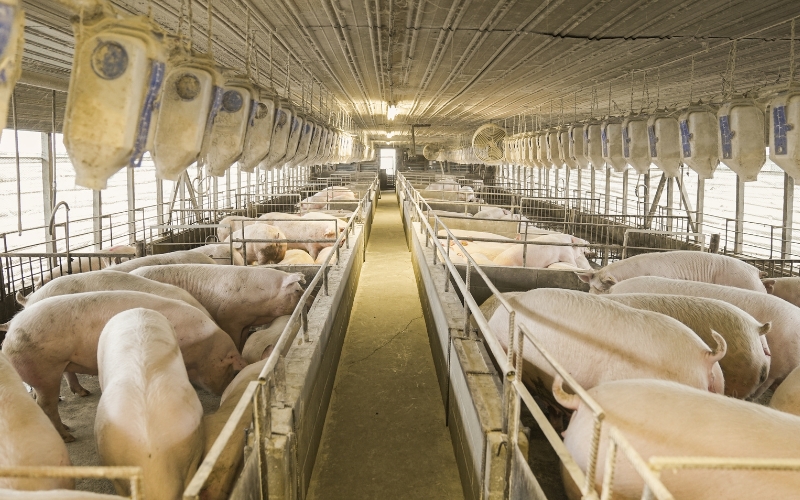 |
|
IAQ Strategies for Peak Disease Times
- Seasonal Ventilation Adjustments
Different seasons require unique ventilation approaches. In colder months, aim to balance retaining warmth and supplying fresh air. Use increased ventilation rates to manage humidity and remove excess heat in warmer seasons. Regular maintenance of fans, vents, and inlets is essential to ensure systems function efficiently all year. - Humidity Control
Monitoring and regulating humidity levels can help limit the proliferation of bacteria, viruses, and molds. Utilize dehumidifiers or appropriate ventilation settings to keep humidity within a range conducive to animal health. - Preventive Cleaning and Disinfection
Surfaces and air can harbor pathogens, especially during peak seasons. Implement a routine cleaning schedule with strong disinfectants that target the most prevalent seasonal pathogens in livestock production. Emphasizing the cleanliness of feeding equipment, water troughs, and barn floors can significantly reduce infection rates. - Regular Air Quality Testing
Performing regular air quality evaluations allows you to adjust your IAQ strategies proactively. Farm managers can fine-tune ventilation, cleaning schedules, and stocking densities by measuring ammonia levels, dust concentrations, and the presence of pathogens. - Stocking Density Management
Overcrowding increases stress levels and promotes faster pathogen spread. Reducing stocking density during high-risk seasons can enhance airflow and help maintain better IAQ. - Advanced Technologies: Synexis’ Patented Dry Hydrogen Peroxide (DHP®)
Solutions like Synexis Systems, which generate DHP, can help control the microbial load in livestock facilities. DHP technology continuously reduces bacteria, viruses, and mold in the air and on surfaces, providing an added layer of biosecurity against seasonal pathogens in livestock production. Integrating such systems into your existing IAQ plan can further minimize the risk of disease outbreaks. - Staff Training and Biosecurity Protocols
Educate farm workers on best practices for biosecurity measures and early signs of disease. Simple actions such as wearing disposable footwear, washing hands thoroughly, and isolating sick animals can go a long way in preventing outbreaks.
Conclusion
Seasonal pathogens in livestock production represent an ongoing challenge that can disrupt herd health and profitability. By recognizing the specific risks each season poses and employing strategic IAQ measures—such as tailored ventilation, humidity control, advanced technologies like Synexis with DHP, regular cleaning, and rigorous biosecurity procedures—livestock producers can reduce the spread of harmful pathogens. Protecting both animal welfare and farm operations hinges on proactive planning and continuous improvement of the indoor environment.
To speak with an IAQ expert from Synexis, fill out this form and we’ll be in touch as soon as possible.
And to learn more about Synexis, click here.


